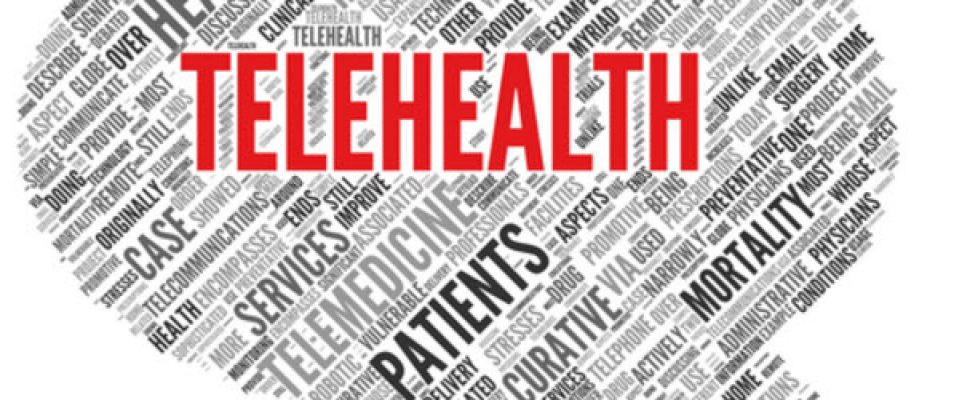Telehealth strategies for the next 3-5 years: 5 key points
Health systems across the country are developing telehealth strategies, both in rural and urban populations.
Telehealth can refer to virtual visits and other consumer-facing digital interactions, or remote video consultations between two healthcare providers to share expertise. Patients desire telehealth access for a variety of reasons, but in many cases health systems are still trying to figure out where it fits into their overall strategy and budget.
Four panelists discussed the key issues in telehealth today during a session titled “Key Innovations in Telehealth, Mobile Health and Technology in Health Systems” at the Becker’s 5th Annual Health IT + Revenue Cycle Conference in Chicago on Oct. 11.
The panel included Bill Manzie, administrative director of telehealth strategy at Memorial Healthcare System in Hollywood, Calif.; Esteban Gershanik, MD, associate physician and instructor at Brigham and Women’s Hospital in Boston and Harvard Medical School; Daniel Barchi, CIO Of NewYork-Presbyterian; and Ann Cappellari, MD, CMIO of SSM Health.
Here are five key takeaways:
1. Telehealth will become an important part of a health system’s care delivery strategy as they take on more risk. Systems are looking two to five years into the future to craft the governance and buy-in from the top down so that when the system takes on more risk and/or owns its own insurance contracts, telehealth will be part of an effective strategy to improve care delivery at a lower cost.
2. Health systems don’t need to innovate in all areas of telemedicine and telehealth at once. They can focus on a select patient population, such as pediatric patients or behavioral health, and develop polices and pilot programs on a small scale before rolling out to other patients.
3. In some cases, telehealth initiatives may not have cost-savings or bring in revenue, but they can add value for patient satisfaction. For example, some patient populations prefer to have virtual visits instead of traveling to the hospital or physician’s office for follow-up or prescriptions. Another example is in the NICU where specialists can do virtual rounds with patients and families over the iPad; they stay involved in their child’s care even when they have to go back to work.
4. States define telehealth differently for reimbursement purposes, so it’s important to know what the state regulations are to ensure your telehealth program is successful if it includes a Medicaid component.
5. Telehealth platforms can have different biases, including a user-centered design that is more convenient for certain demographics on the patient side or certain specialties on the clinician side.

